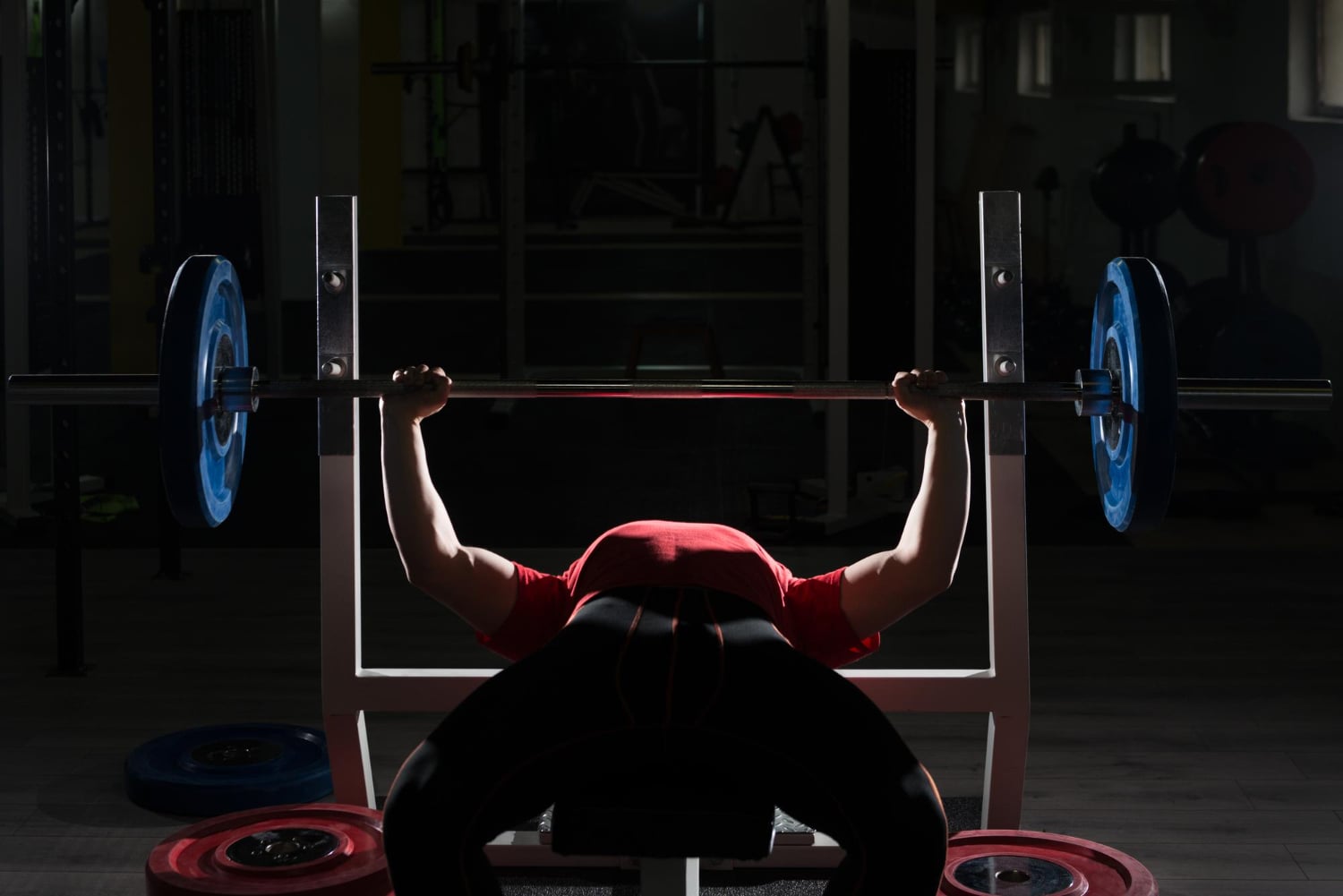The Reverse Pyramid in Bodybuilding: An Efficient Approach to Muscle Growth


When it comes to weight training, there are countless methodologies and philosophies espoused by trainers, coaches, and athletes.
Each approach has its merits, with some proving more effective than others depending on the individual’s goals, physiology, and training experience.
One method that has gained traction in recent years in the bodybuilding world is the Reverse Pyramid Training (RPT) approach.
Let's delve into this technique to understand its benefits, its structure, and how you can incorporate it into your workout regimen.
What is Reverse Pyramid Training (RPT)?

Contrary to the traditional pyramid training where you start with a lighter weight and progressively increase to your heaviest, the Reverse Pyramid method turns this concept on its head.
With RPT, you begin with your heaviest set and gradually reduce the weight for subsequent sets.
For instance, in traditional pyramid training for bench press, you might start with:
Set 1: 12 reps at 135 lbs
Set 2: 10 reps at 155 lbs
Set 3: 8 reps at 175 lbs
However, in RPT, the sequence would be:
Set 1: 6 reps at 175 lbs
Set 2: 8 reps at 155 lbs
Set 3: 10 reps at 135 lbs
Why Choose RPT?

Maximal Strength from the Outset: By starting with your heaviest weights, you are lifting when your muscles are the freshest, allowing you to exert maximal strength. This can lead to consistent strength gains over time.
Efficient Workouts: As the weight decreases with each set, the body requires shorter rest periods, thus making your workouts more time-efficient.
Reduced Risk of Injury: Since you're handling the heaviest weights at the start when your form is likely to be the sharpest, there's a reduced risk of injury compared to lifting heavy when fatigued in traditional pyramid training.
Muscle Hypertrophy: The initial heavy set stimulates muscle growth, while the subsequent lighter sets target muscle endurance, offering a well-rounded muscle-building approach.
How to Implement RPT in Your Routine

Warm-Up is Crucial: Always begin with a thorough warm-up. This prepares your muscles and joints for the heavy lifting ahead.
Determine Your Starting Weights: Use a weight that you can lift for 4-6 reps with good form for your first set. Decrease by 10-15% for each subsequent set.
Rest Periods: After the heaviest set, take a longer rest, perhaps 2-3 minutes. As the weight decreases, so can your rest time, dropping to 60-90 seconds.
Frequency: RPT doesn’t need to be done for every exercise or every workout. Incorporate it selectively into your regimen for key compound exercises.
Progressive Overload: Essential for muscle growth and strength. When you can comfortably perform more than the recommended reps for a weight, it's time to increase it.
Potential Drawbacks

Not Suitable for Beginners: Given the emphasis on lifting heavy right from the outset, beginners might find this approach challenging and risk injury.
Overtraining Risk: Because of the initial heavy load, there’s an elevated risk of overtraining if used excessively. Listening to your body and ensuring adequate recovery is crucial.
Conclusion

Reverse Pyramid Training is a powerful tool in the bodybuilder's arsenal.
It offers a structured, efficient, and effective way to stimulate both strength and muscle growth.
Like all training methodologies, it’s essential to approach RPT with an understanding of its principles, ensuring it aligns with your goals and current fitness level.
With proper implementation, the Reverse Pyramid can undoubtedly elevate your bodybuilding journey to new heights.

